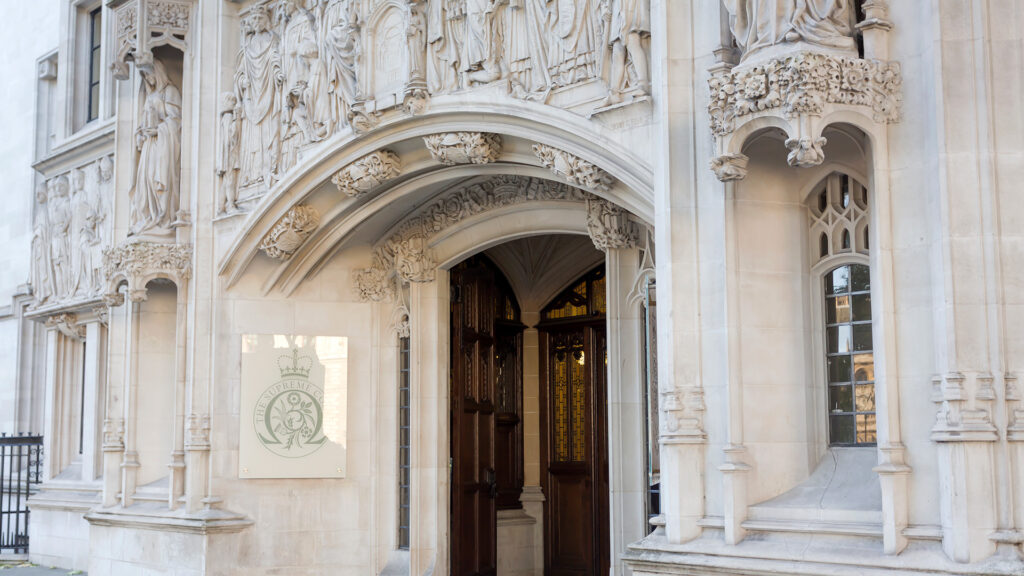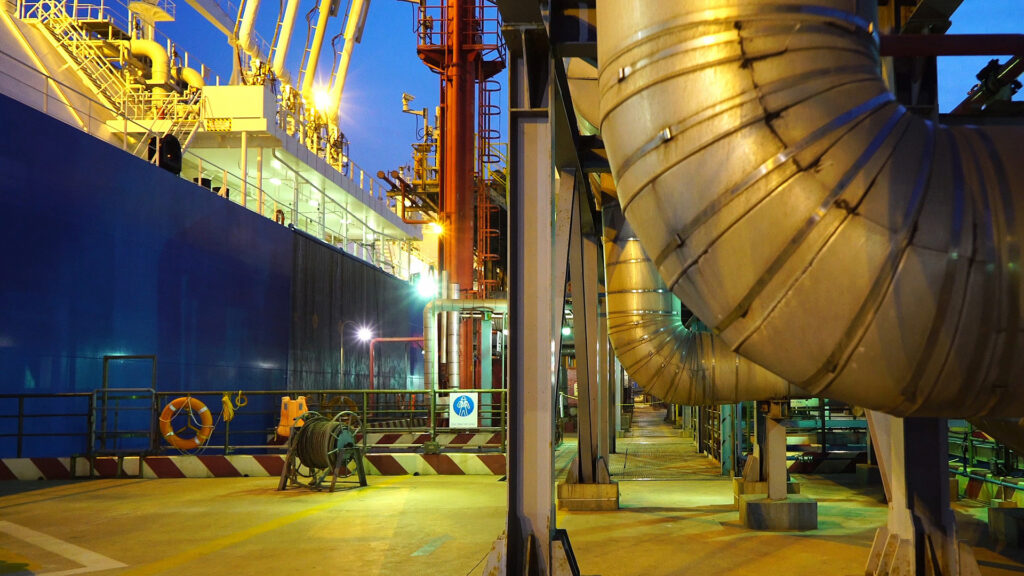
Hot Topics in Sustainable Lending: Insights from the Sugar and Agri-Sectors
Sustainable finance offers real opportunities for agri-commodity traders to access capital, often on more favourable terms, while aligning financing with ESG goals. However, it is critical to structure these products carefully to avoid some of the pitfalls in the market, including greenwashing and reputational risks.
Sustainable finance at a crossroads
Sustainable finance has seen consistent growth over the past decade. Green bond issuances have increased by more than 150% in the last five years1, and total assets in sustainable funds have reached almost US$ 3 trillion globally2. Governments have also placed sustainable finance at the heart of their policy agendas: for example, it forms one of the pillars of the EU Green Deal, while Switzerland has announced ambitions to position itself as a global leader in the field3.
However, we may be at a critical point for ESG. For the first time on record, growth in the sustainable finance market has slowed, and in the US, capital has started flowing out of sustainable funds. Several headwinds have emerged: the rise of anti-ESG movements, particularly in the US, growing geopolitical tensions, concerns about greenwashing, and an increasingly complex regulatory landscape.
In our view, the overall trajectory for sustainable finance remains positive, but companies in the commodities sector will need to be agile and aware of the risks.
Successfully navigating these headwinds will be key to accessing capital on competitive terms.
Sustainable lending in the sugar sector
From our mapping of sustainable finance transactions across the sugar sector, it is clear that this is already an important financing tool. Many of the major players are engaging in some form of green or sustainability-linked financing.
Sustainability-linked loans (SLLs) are one of the most widely used sustainable finance instruments, comprising more than a quarter of the whole sustainable debt market4. These are loans that directly link the cost of borrowing to ESG performance and incentivise some sort of sustainability goal; companies that hit their sustainability targets can benefit from reduced pricing.
In the sugar sector, the structuring of SLLs reflects the specific nature of the sustainability risks in the relevant supply chain. For example, sugar beet producers are likely to focus on decarbonisation and emissions reduction, whilst cane producers are likely to prioritise social goals, such as preventing child labour or improving conditions for smallholder farmers.
Green loans, which are “use-of-proceeds” instruments, are typically used in the sugar sector to fund specific projects, such as switching from gas to biomass or investing in biogas facilities. These are capital intensive projects which are relevant for decarbonisation in the sugar beet sector.
Other tools include sustainability-linked bonds, which are used mainly by larger corporates with access to capital markets. There are also trade finance structures like sustainable supply chain finance or green letters of credit, often used by large buyers to manage ESG risks across their supply chain.
Of these, SLLs are particularly relevant for mid-sized and large players across the sugar value chain. These instruments offer flexibility in the use of funds and can be tailored to the specific sustainability risks in the sector.
SLL market trends and the rise of ESG regulation
The SLL market has expanded rapidly since the inception of the market, around 2017. Whilst the number of SLLs fell slightly in 2024, we expect the long-term trend of growth in the market to continue.
At the same time, the regulatory environment has become more demanding. The number of ESG regulatory measures adopted each year across G20 countries has almost tripled over the last five years5. The expansion of ESG disclosure rules, particularly in the EU, has focused investor attention. Whilst regulation does not directly target the SLL market, the increased scrutiny has inevitably impacted expectations in the loan markets.
Why sugar is a good fit for SLLs
Cane production is particularly exposed to a combination of environmental and social risks:
- Yields are highly sensitive to temperature and rainfall, making climate risk a core business issue.
- In some regions, sugarcane production is linked to deforestation concerns.
- The supply chain also faces scrutiny over labour practices, including child labour and worker rights.
At the same time, the sugar supply chain benefits from strong traceability and certification schemes. For example, Bonsucro has developed a widely recognised global sustainability standard for sugarcane. Improved ESG data relating to the sugarcane supply chain makes it easier to define appropriate key performance indicators (KPIs) and structure SLLs with credible sustainability targets.
Greenwashing risks
Robust and well-structured agreements protect against reputational risks and reduce the risk of accusations of greenwashing. A number of recent headlines highlight the reputational risks involved in accessing the sustainable finance market. For example, in the UK the Guardian criticised an SLL provided to an oil and gas company; the article raised concerns about the scope of the emissions targets (limited to scope 1 and 2). This illustrates some of the considerations that need to be taken into account when structuring, and publicising, SLLs to minimise the risk of greenwashing allegations.
There are also various examples of NGOs challenging commodity traders over sustainability claims, including alleged links to deforestation and labour abuses in their supply chains.
SLL pitfalls and challenges: navigating legal and structuring issues
In order to avoid some of the pitfalls in the SLL market, including greenwashing and reputational risks, it is important to navigate various legal and structuring issues. These include:
- Setting credible sustainability targets – Fundamental to the SLL structure is that sustainability KPIs are material, and targets are suitably ambitious.
- Economic Incentives – The pricing adjustment is often small, but for larger loans it can be significant. The incentive structure needs to reflect real economic impact.
- Declassification – Declassification terms – which allow a loan to be declassified as sustainability linked upon certain events – are now standard, having been relatively rare in the early days of the SLL market. This helps manage greenwashing risk, but the terms need to be clearly drafted, especially around the triggers and consequences.
- “Sleeping” SLLs – Whilst well structured “sleeping” SLLs can be a useful tool, it is important that transactions are not marketed as sustainable before the sustainability targets are agreed. This can otherwise result in obvious greenwashing risks for the parties involved.
- Independent Verification – There is a strong shift towards third-party verification of ESG performance. This helps reinforce credibility and is increasingly expected by lenders.
- Regulatory Focus – Regulators around the world, including the Financial Conduct Authority (FCA) in the UK, have raised concerns around the integrity of the SLL market. This has underscored the importance of robust industry guidance, for example the voluntary guidelines issued by the Loan Market Association (LMA).
Key takeaways
SLLs offer real opportunities. These instruments offer traders access to capital – often on better terms – while aligning financing with progress on sustainability goals. The sugar sector is particularly well suited to accessing this type of finance, especially cane production. However, it is critical to get the structuring of these instruments right to avoid some of the greenwashing claims and other pitfalls we are seeing in the market.
Adapted from a presentation delivered at the 2025 S&P Global Sugar Conference in Geneva. A version of this article also appears in the latest edition of our SQ Magazine.
Footnote
- Approximately US$ 250 billion in 2019 (https://www.environmental-finance.com/pages/sustainable-bonds-insight-2020.html) increasing to US$ 632.4 billion in 2024 (https://efdata.org/ )
- 2024 World investment Report, UNCTAD – https://unctad.org/system/files/official-document/wir2024_en.pdf
- Sustainable finance in Switzerland: Areas for action for a leading sustainable financial centre, 2022-2025, Federal Council Report 2022.
- Sustainable Debt in Focus: 2024 Summary and 2025 Outlook, Natixis – https://horizons.lma.eu.com/q1-march2025/market-outlook
- Sustainable finance regulations platform – Global Sustainable Finance Observatory (https://gsfo.org/sustainable-finance-regulations-platform)










